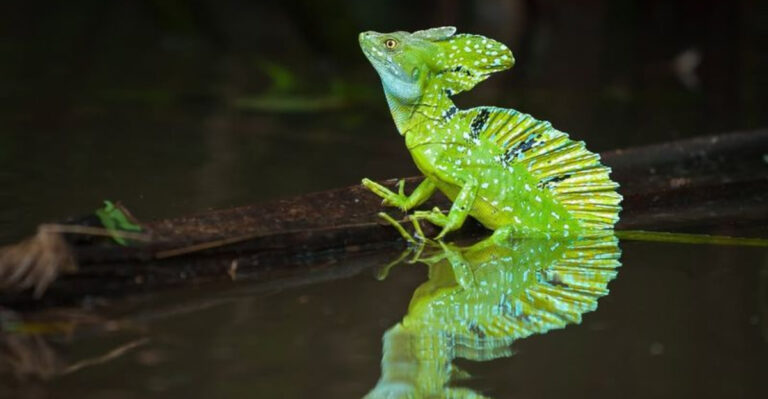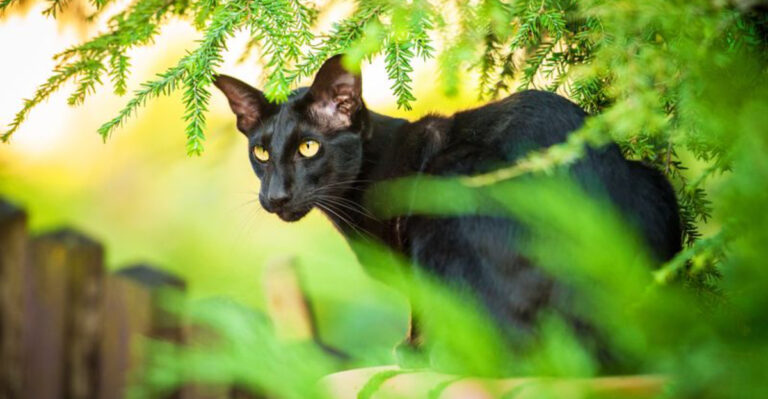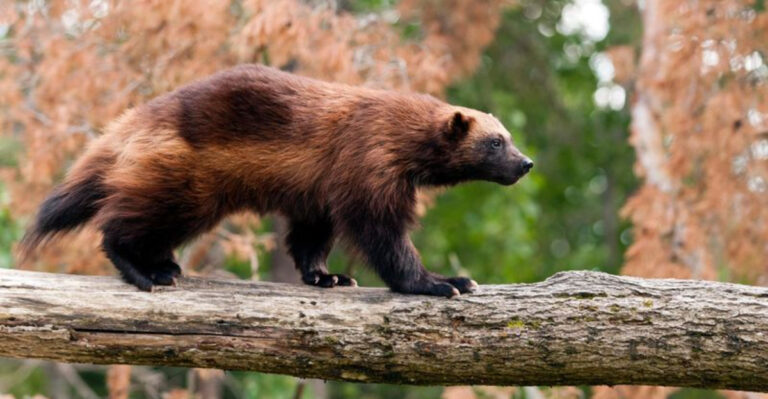19 Remarkable Animals Overcoming The Threat Of Extinction
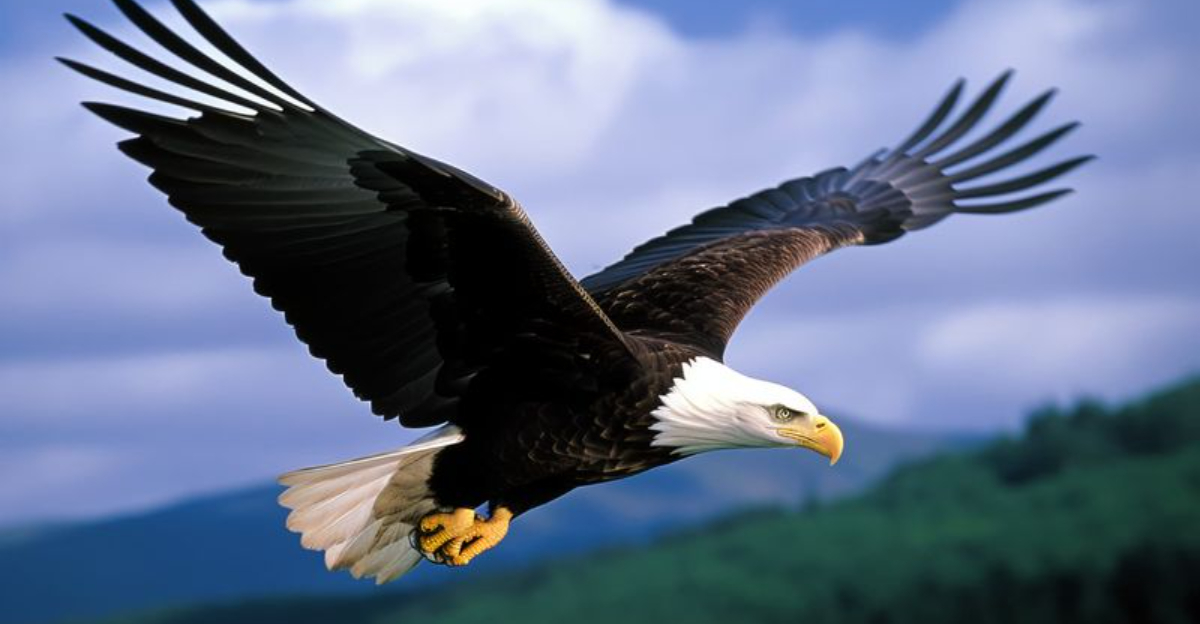
In a world where extinction is a constant threat, some remarkable animals are defying the odds and making incredible comebacks.
Despite facing challenges like habitat loss, poaching, and climate change, these resilient species continue to thrive and inspire hope.
From conservation efforts to natural adaptations, their survival stories are a testament to the strength of nature. This list highlights 19 animals that are overcoming the threat of extinction, showcasing their resilience and the importance of protecting our planet’s biodiversity.
1. American Crocodile
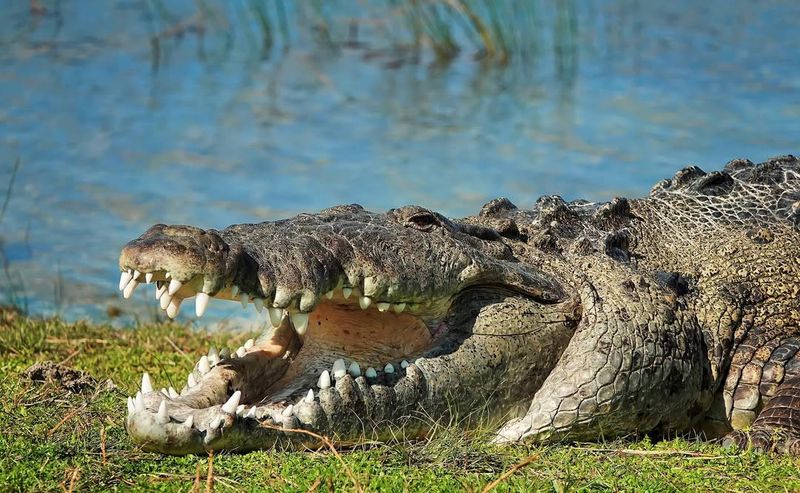
The American Crocodile was once on the verge of extinction due to hunting and habitat destruction, with only a few hundred individuals remaining in the wild.
With protection under the Endangered Species Act and concerted efforts to restore coastal habitats, their population has steadily increased. Today, the American Crocodile is a success story in species recovery, thriving in protected areas of Florida and Central America.
2. Galápagos Tortoise
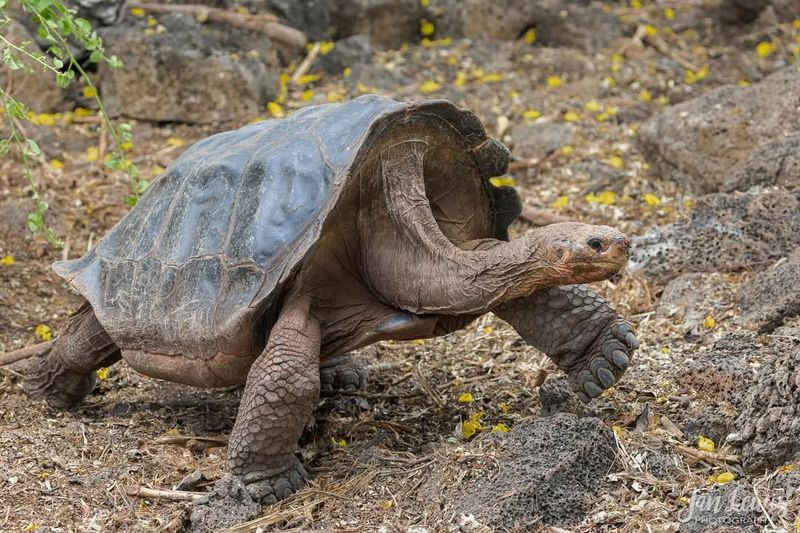
The Galápagos Tortoise is a symbol of resilience and conservation success. With their populations decimated by human exploitation, invasive species, and habitat loss, some species of Galápagos tortoises were thought to be extinct.
However, thanks to intensive conservation efforts and captive breeding programs, some species, such as the Chelonoidis hoodensis, have rebounded. The recovery of these tortoises highlights the importance of ecosystem restoration and protection of native species.
3. California Condor
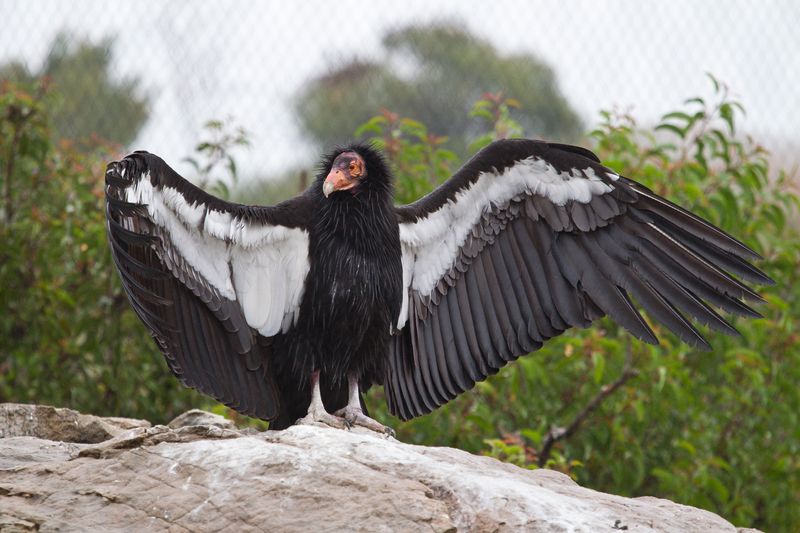
The California Condor was once on the brink of extinction, with only 27 individuals remaining in the wild in 1987. Through extensive conservation efforts, including captive breeding programs and the reintroduction of the species into the wild, the California Condor has made a remarkable recovery.
Now, with over 400 individuals in existence, this bird has soared back to life, demonstrating the power of dedicated conservation efforts.
4. American Bison
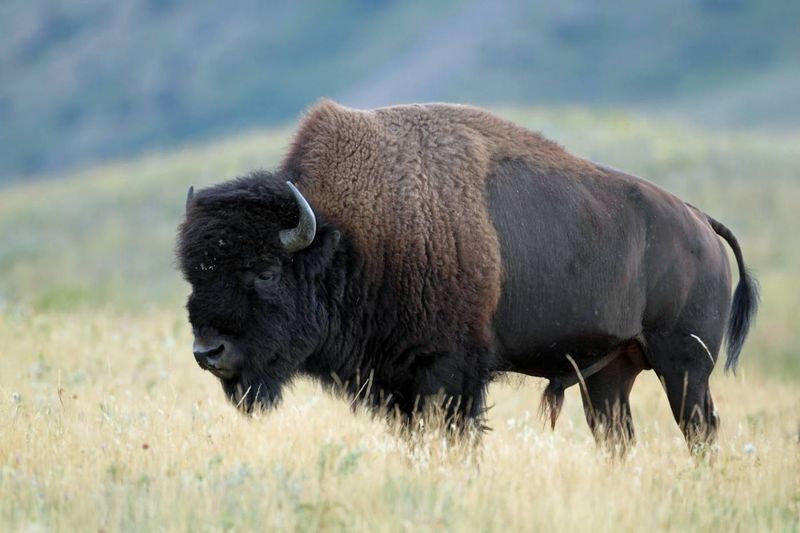
The American Bison was nearly wiped out in the 19th century, with populations plummeting to just a few hundred individuals due to overhunting and habitat loss. Thanks to targeted conservation programs, these majestic creatures have made a dramatic comeback.
Today, American Bison are once again roaming the plains, symbolizing resilience and the power of conservation efforts.
5. Giant Panda
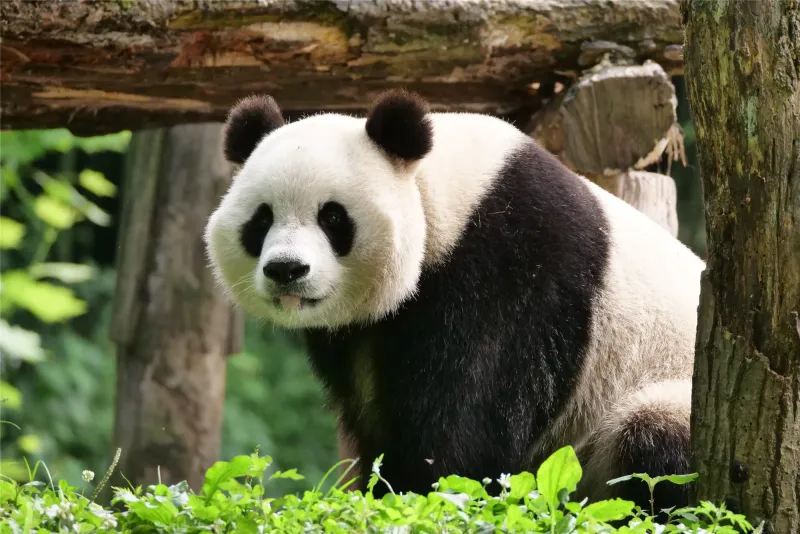
The Giant Panda has long been a symbol of endangered species, with their population dwindling due to habitat loss and low birth rates.
However, conservationists have successfully increased their numbers through habitat preservation and captive breeding programs. With the help of international support, the Giant Panda is no longer considered endangered and continues to thrive in protected areas.
6. Gray Wolf
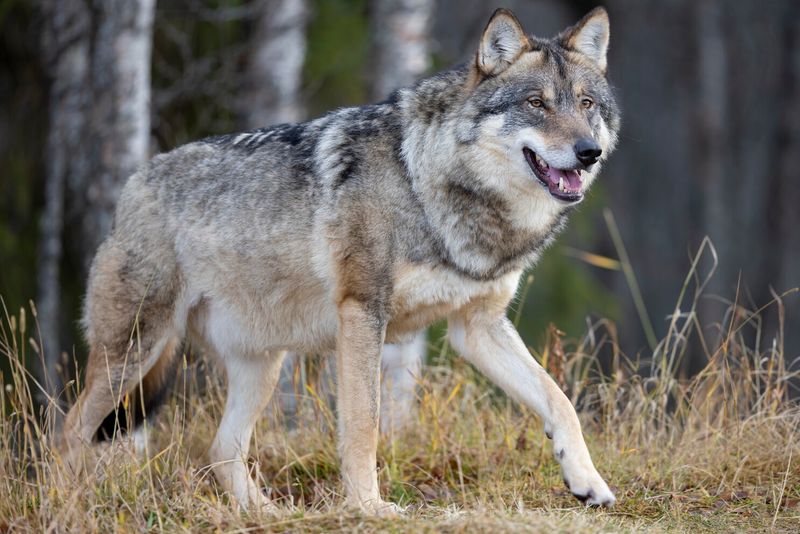
The Gray Wolf was nearly driven to extinction in the lower 48 states due to hunting, trapping, and habitat loss.
Yet, with successful reintroduction programs, the Gray Wolf has made a strong return to the wild, particularly in areas like Yellowstone National Park. Its recovery highlights the importance of rewilding and restoring ecosystems to their natural balance.
7. Humpback Whale
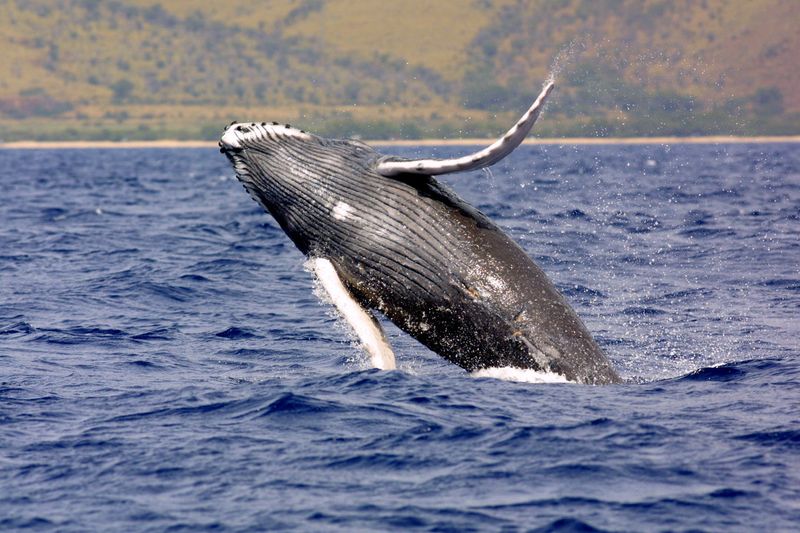
Once hunted to near extinction, the Humpback Whale has bounced back, with its population steadily increasing. Conservation efforts, such as protections against whaling and habitat conservation, have helped these magnificent creatures recover in the oceans.
Now, humpback whales are a symbol of hope for marine conservation and the resilience of species once on the brink.
8. Bald Eagle
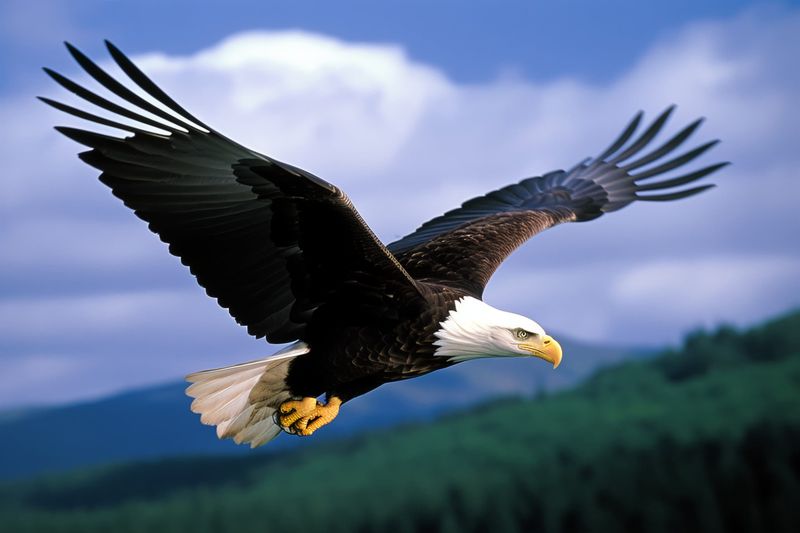
The Bald Eagle, America’s national symbol, faced steep declines in the mid-20th century due to hunting, habitat loss, and the impact of pesticides like DDT.
Thanks to the banning of harmful chemicals and concerted conservation efforts, the Bald Eagle’s population has flourished. Today, these majestic birds are no longer on the endangered list and continue to soar across North America.
9. Iberian Lynx

The Iberian Lynx was once considered one of the world’s most endangered wild cats, with fewer than 100 individuals left in the wild. Thanks to captive breeding programs, habitat restoration, and prey replenishment, the Iberian Lynx has made a stunning recovery.
This wild cat’s comeback is a testament to the importance of focused conservation and the restoration of ecosystems.
10. Southern White Rhino
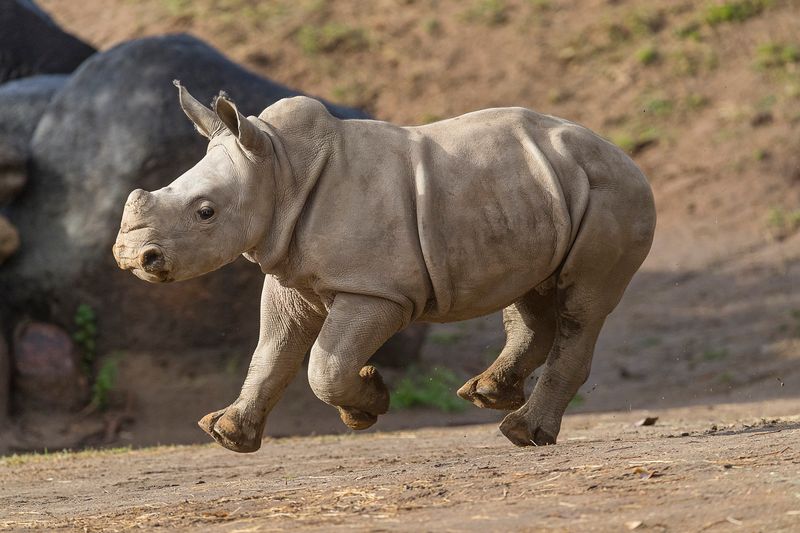
The Southern White Rhino was nearly driven to extinction in the 20th century, with fewer than 100 individuals remaining.
Through intense conservation efforts, including anti-poaching programs and habitat protection, the Southern White Rhino population has rebounded. With over 18,000 individuals today, this species is an inspiring success story in wildlife conservation.
11. Kakapo
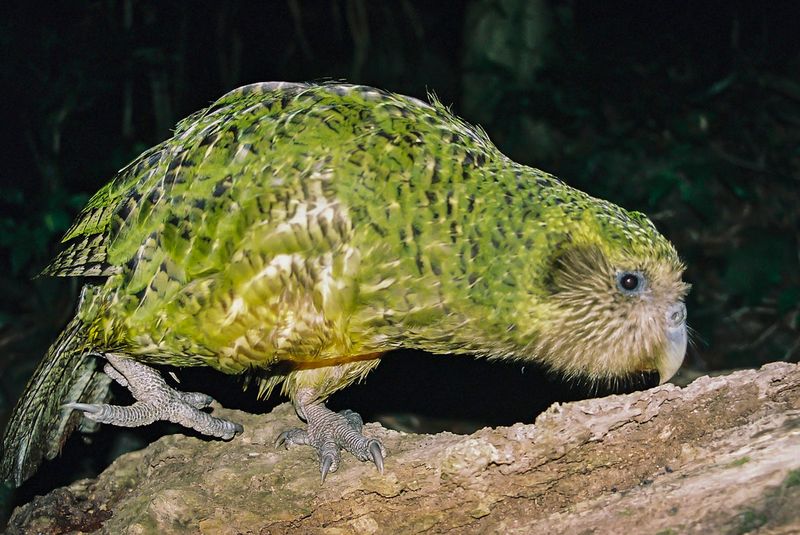
The Kakapo, a flightless parrot from New Zealand, faced extinction due to predation by introduced species like rats and stoats. With only 50 individuals left, conservationists took drastic measures, moving every remaining Kakapo to predator-free islands for protection.
Today, thanks to continuous efforts, the Kakapo population is slowly growing, offering a glimmer of hope for species recovery.
12. Przewalski’s Horse
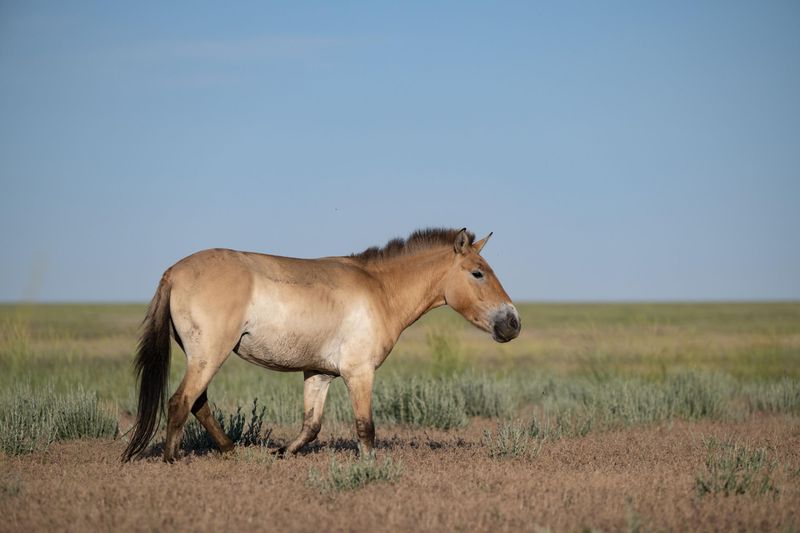
The Przewalski’s Horse is the last true wild horse species, which faced near extinction in the 1960s, with only a handful remaining in captivity.
Through captive breeding and reintroduction programs, this remarkable horse has been successfully reintroduced to its native habitat in Mongolia. Today, Przewalski’s horses roam the wild once again, a testament to the power of species revival.
13. Mountain Gorilla
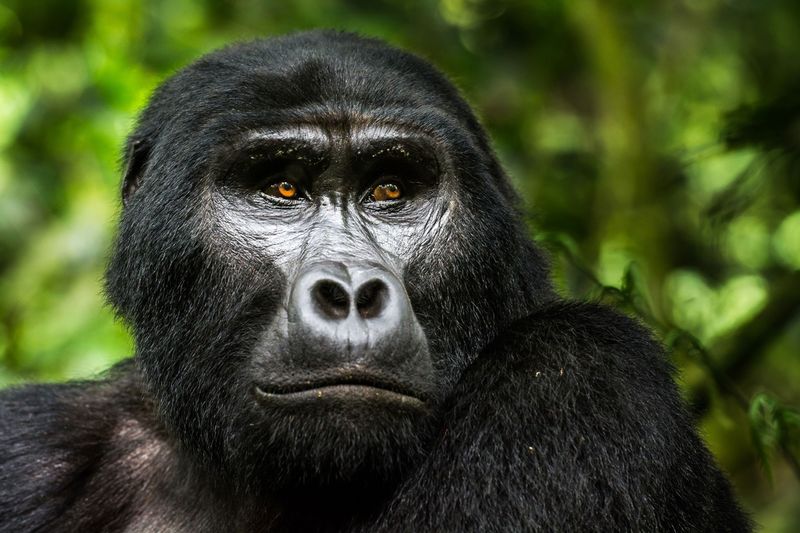
The Mountain Gorilla was once on the brink of extinction, with fewer than 250 individuals left in the wild in the 1980s. Through strict anti-poaching laws, habitat protection, and tourism-based conservation funding, the Mountain Gorilla population has grown.
Today, there are over 1,000 Mountain Gorillas living in the wild, making them a true success story in wildlife conservation.
14. Arabian Oryx
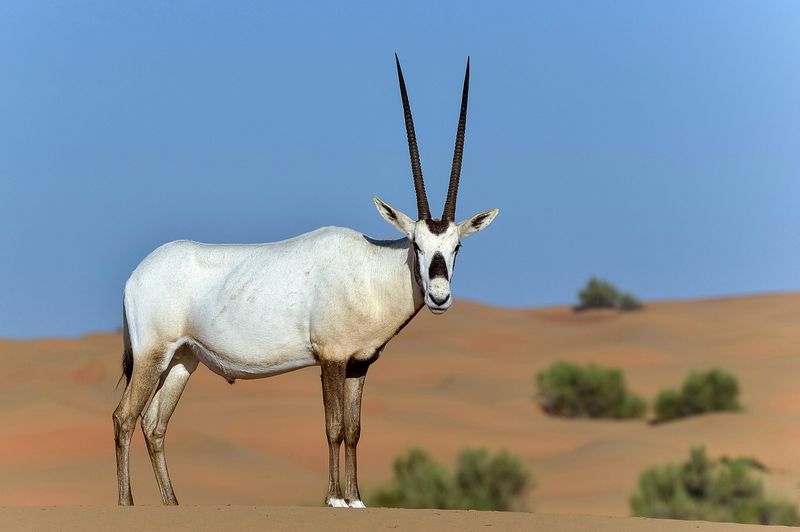
The Arabian Oryx was driven to extinction in the wild by overhunting and habitat destruction in the 20th century.
Thanks to a successful captive breeding program, Arabian Oryx have been reintroduced into their native desert landscapes. Their recovery is a shining example of how careful management and protection can bring a species back from the brink.
15. Siberian Tiger
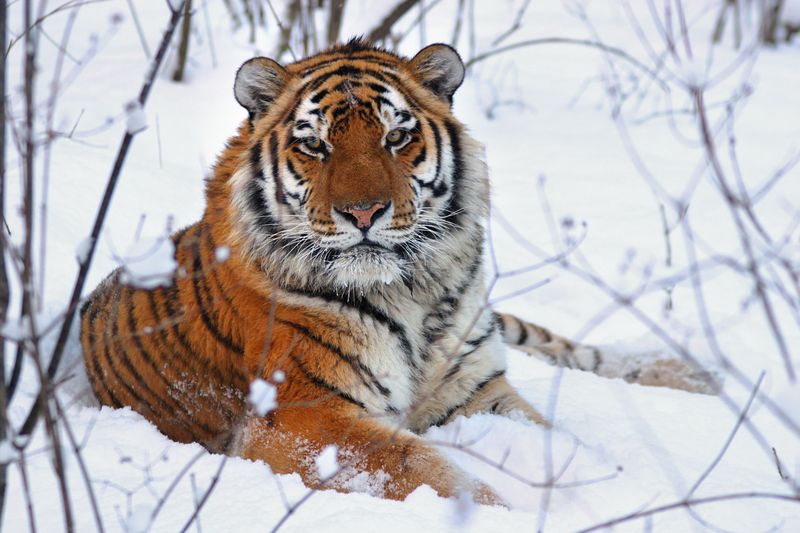
The Siberian Tiger was facing near extinction with fewer than 50 individuals remaining in the wild in the 1990s. Conservation efforts focusing on anti-poaching measures, habitat protection, and prey replenishment have helped boost their population to over 500 today.
The Siberian Tiger’s comeback is a testament to the resilience of endangered species and the importance of international conservation collaboration.
16. Hawksbill Turtle
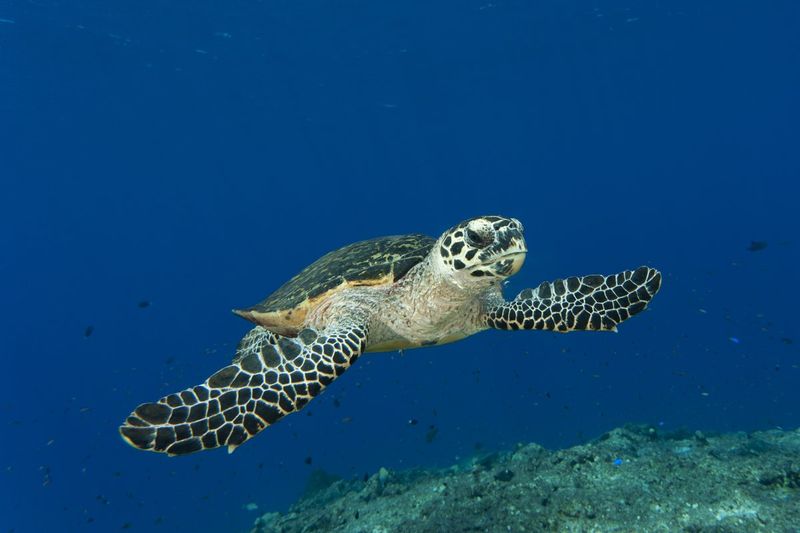
Known for its striking appearance and role in marine ecosystems, the Hawksbill Turtle was critically endangered due to illegal trade and loss of nesting sites.
With concerted efforts to protect nesting beaches, combat illegal trade, and preserve coral reef habitats, the Hawksbill Turtle population has started to stabilize, offering hope for this beautiful and vital species.
17. Yangtze Finless Porpoise
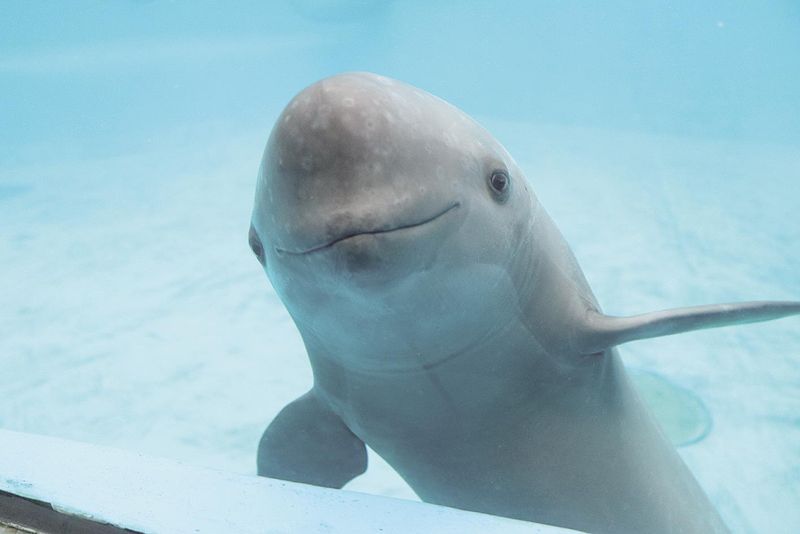
This is one of the world’s rarest marine mammals, found only in China’s Yangtze River.
Facing habitat loss, pollution, and human interference, the Yangtze Finless Porpoise was on the verge of extinction.
Conservation programs focused on habitat restoration and protection of the species have slowly improved the population, although much work remains to ensure their survival.
18. Vaquita

The vaquita, a small porpoise native to the Gulf of California, faces critical endangerment. Its population, sadly, is under 30. This elusive marine mammal is famous for its distinct facial markings. Conservationists are working tirelessly to save them from illegal fishing nets.
Efforts include protected areas and innovative fishing gear. Yet, challenges remain immense. Vaquita’s story is a poignant reminder of the urgent need for marine conservation.
Did you know? They are the smallest cetaceans, growing up to just 5 feet. Their survival represents hope for oceanic biodiversity preservation.
19. Sumatran Elephant
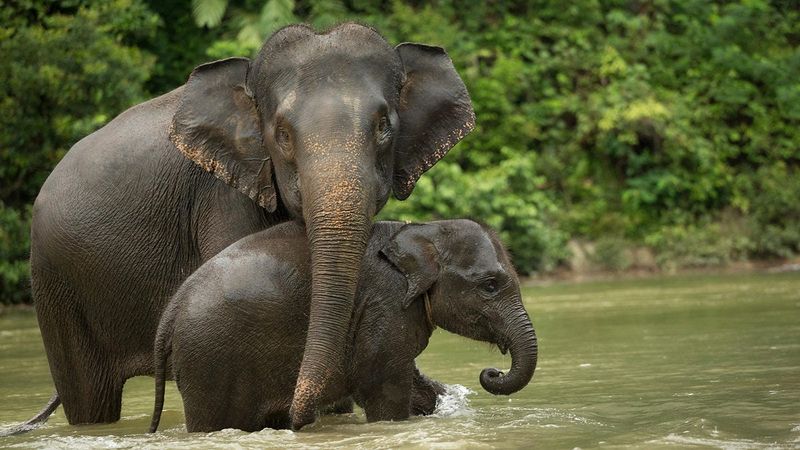
Sumatran elephants, a subspecies of the Asian elephant, charm with their intelligence and social bonds. Found in Indonesia’s dense jungles, they are critically endangered due to deforestation and human conflict. Their presence is crucial for maintaining forest ecosystems.
Conservation groups are striving to secure their habitats and reduce human-elephant conflicts. These gentle giants play a key role in seed dispersal and creating pathways.
Unique to Sumatran elephants, they have smaller bodies and slightly different tusks. Their fight for survival underscores the pressing need for habitat protection and sustainable coexistence.


